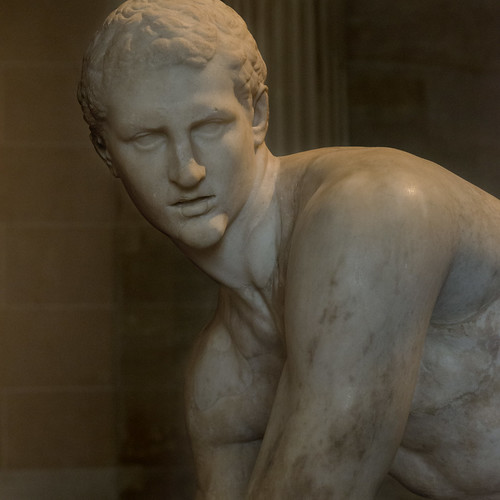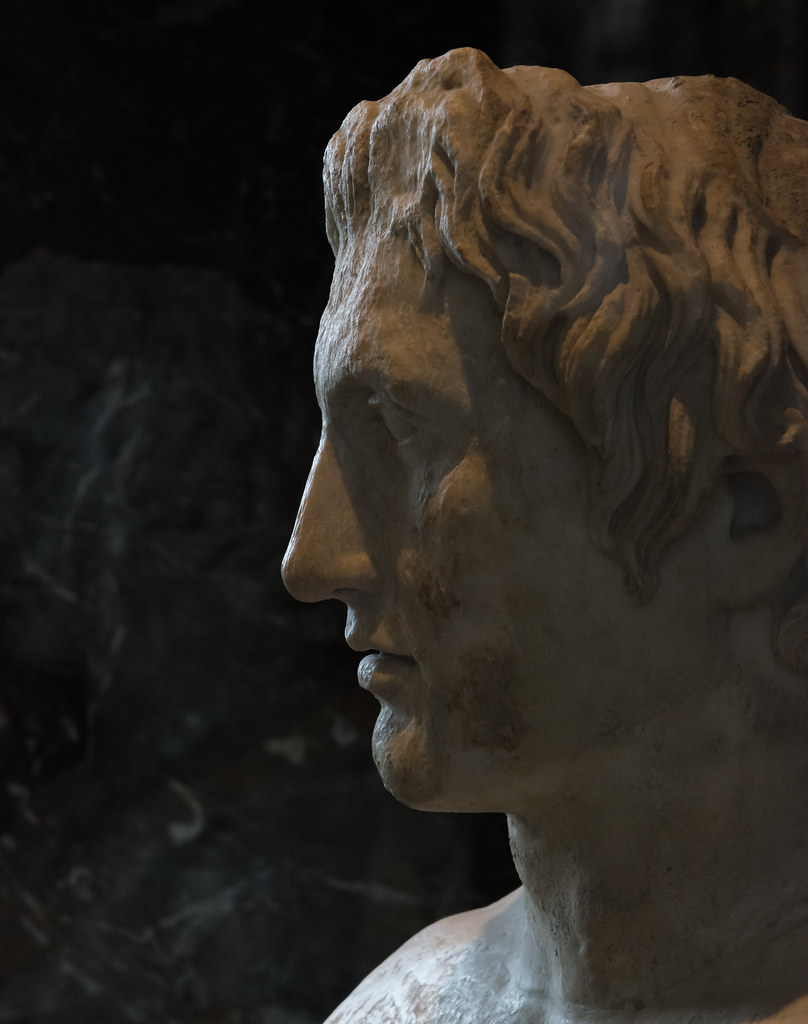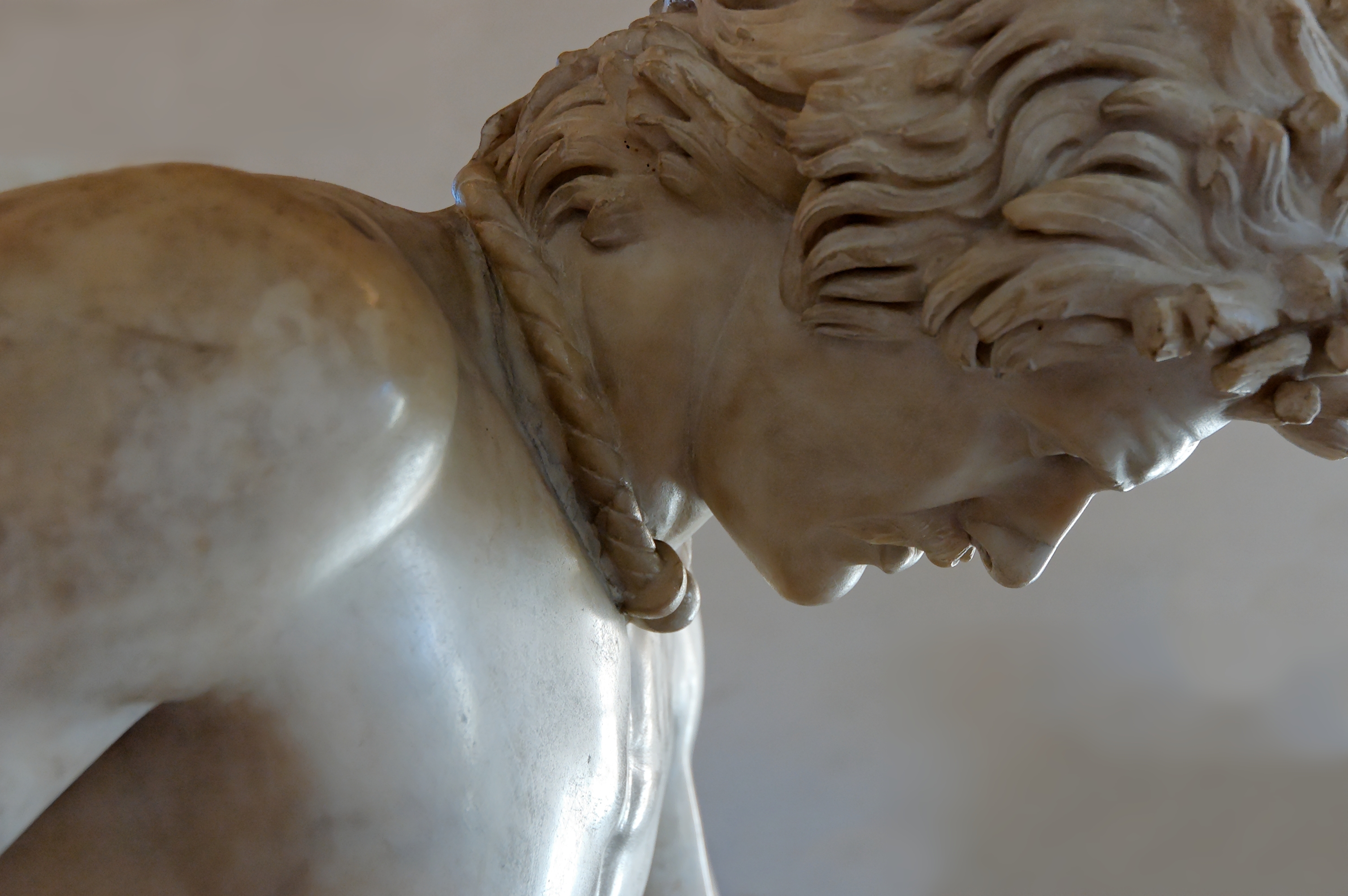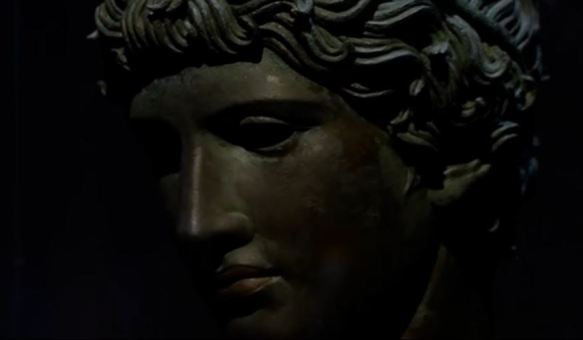Beginning in March 2015, the Palazzo Strozzi, Florence; the J. Paul Getty Museum, Los Angeles; and the National Gallery of Art, Washington, D.C., will present Power and Pathos: Bronze Sculpture of the Hellenistic World, the first major international exhibition to bring together approximately 50 ancient bronzes from the Mediterranean region and beyond ranging from the 4th century B.C. to the 1st century A.D.
“The representation of the human figure is central to the art of almost all ancient cultures, but nowhere did it have greater importance, or more influence on later art history, than in Greece,” says Timothy Potts, director of the J. Paul Getty Museum. “It was in the Hellenistic period that sculptors pushed to the limit the dramatic effects of billowing drapery, tousled hair, and the astonishingly detailed renderings of veins, wrinkles, tendons, and musculature, making the sculpture of their time the most life-like and emotionally charged ever made, and still one of the highpoints of European art history. At its best, Hellenistic sculpture leaves nothing to be desired or improved upon. The 50 or so works in the exhibition represent the finest of these spectacular and extremely rare works that survive, and makes this one of the most important exhibitions of ancient classical sculpture ever mounted. This is a must-see event for anyone with an interest in classical art or sculpture.”
Potts continues: “The Getty Museum is proud to be collaborating on this project with our colleagues in Florence at the Palazzo Strozzi, the Museo Archeologico Nazionale, and the Soprintendenza per i Beni Archeologici della Toscana, along with the National Gallery of Art in Washington D.C..”
During the Hellenistic era artists around the Mediterranean created innovative, realistic sculptures of physical power and emotional intensity. Bronze—with its reflective surface, tensile strength, and ability to hold the finest details—was employed for dynamic compositions, graphic expressions of age and character, and dazzling displays of the human form.
From sculptures known since the Renaissance, such as the Arringatore (Orator) from Sanguineto (in the collection of the Museo Archeologico Nazionale, Florence), to spectacular recent discoveries that have never before been exhibited in the United States, the exhibition is the most comprehensive museum survey of Hellenistic bronzes ever organized. In each showing of the exhibition, recent finds—many salvaged from the sea—will be exhibited for the first time alongside famous works from the world’s leading museums. The works of art on view will range in scale from statuettes, busts and heads to life-size figures and herms.
Power and Pathos: Bronze Sculpture of the Hellenistic World is especially remarkable for bringing together works of art that, because of their rarity, are usually exhibited in isolation. When viewed in proximity to one another, the variety of styles and techniques employed by ancient sculptors is emphasized to greater effect, as are the varying functions and histories of the bronze sculptures.
Bronze was a material well-suited to reproduction, and the exhibition provides an unprecedented opportunity to see objects of the same type, and even from the same workshop together for the first time.
The travel schedule for Power and Pathos: Bronze Sculpture of the Hellenistic World is:
Palazzo Strozzi, Florence, Italy
March 14 – June 21, 2015
http://www.palazzostrozzi.org
J. Paul Getty Museum, Los Angeles, CA
July 28 – November 1, 2015
http://www.getty.edu
National Gallery of Art, Washington, D.C.
December 6, 2015 – March 20, 2016
http://www.nga.gov
This exhibition is curated by Jens Daehner and Kenneth Lapatin of the J. Paul Getty Museum and co-organized by the J. Paul Getty Museum, Los Angeles; the Fondazione Palazzo Strozzi, Florence; and the National Gallery of Art, Washington, D.C.; with the participation of Soprintendenza per i Beni Archeologici della Toscana. It is supported by an indemnity from the Federal Council on the Arts and the Humanities.
Bank of America is the National Sponsor of this touring exhibition. The Los Angeles presentation is also supported by the Getty Museum’s Villa Council, Vera R. Campbell Foundation, and the A. G. Leventis Foundation.



















